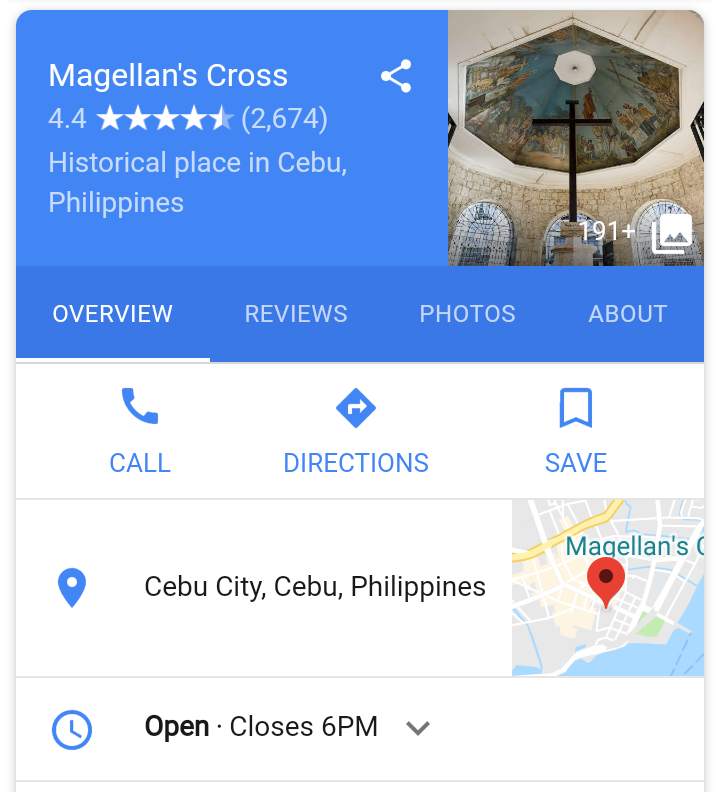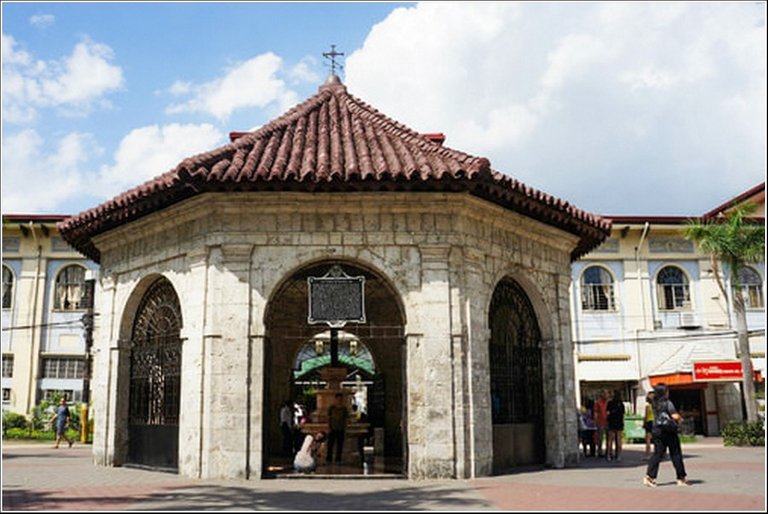Ferdinand Magellan, the 1st European to go to the Philippines in 1521. Also called Fernao Magalhaes or Fernando Magallanes, he was a Portuguese pilot working for the Ruler of Spain looking for the flavor islands (now part of Indonesia, known as Maluku or Moluccas islands). When he and his teams arrived on Cebu island, a local boss or leader or ruler, Rajah Humabon, met and got to know him and his team. Rajah Humabon, his better half and several his local warriors consented to acknowledge Christianity and were subsequently immersed.
The Location

Magellan planted a cross on this critical occasion about the spread of the Roman Catholic to present Cebu, in focal Philippines. The first cross is supposedly encased in another wooden cross for security, as individuals began chipping it away in the conviction that it had supernatural recuperating powers. This provoked the administration authorities to encase it in tindalo wood and secured it inside a little house of prayer called "stand." Some say, nonetheless, that the first cross was really pulverized. The Magellan cross showed here is said to be a reproduction of such cross. It is housed in a little sanctuary situated before the present city corridor of Cebu, along Magallanes Road (named to pay tribute to Magellan).
The Cross

Source
Tragically, Magellan met his passing under the hands of another Visayan ruler, Lapu-Lapu, when he went to the adjacent island of Mactan. Mactan is likewise part of the present Metropolitan Cebu. There, both the statues of Magellan and Lapu-Lapu gladly remain to honor the deplorable gathering of east and west in this piece of the world.
It took an additional 45 years (1565) preceding Cebu was visited again by another European. Miguel Lopez de Legazpi, under requests from Ruler Philip of Spain, came and made Cebu the primary capital of the Spanish settlement known as Las Islas Filipinas.
Historical Photos

Source

Source

Source
A knowledge a day is my responsibility, just follow me, - Zidane